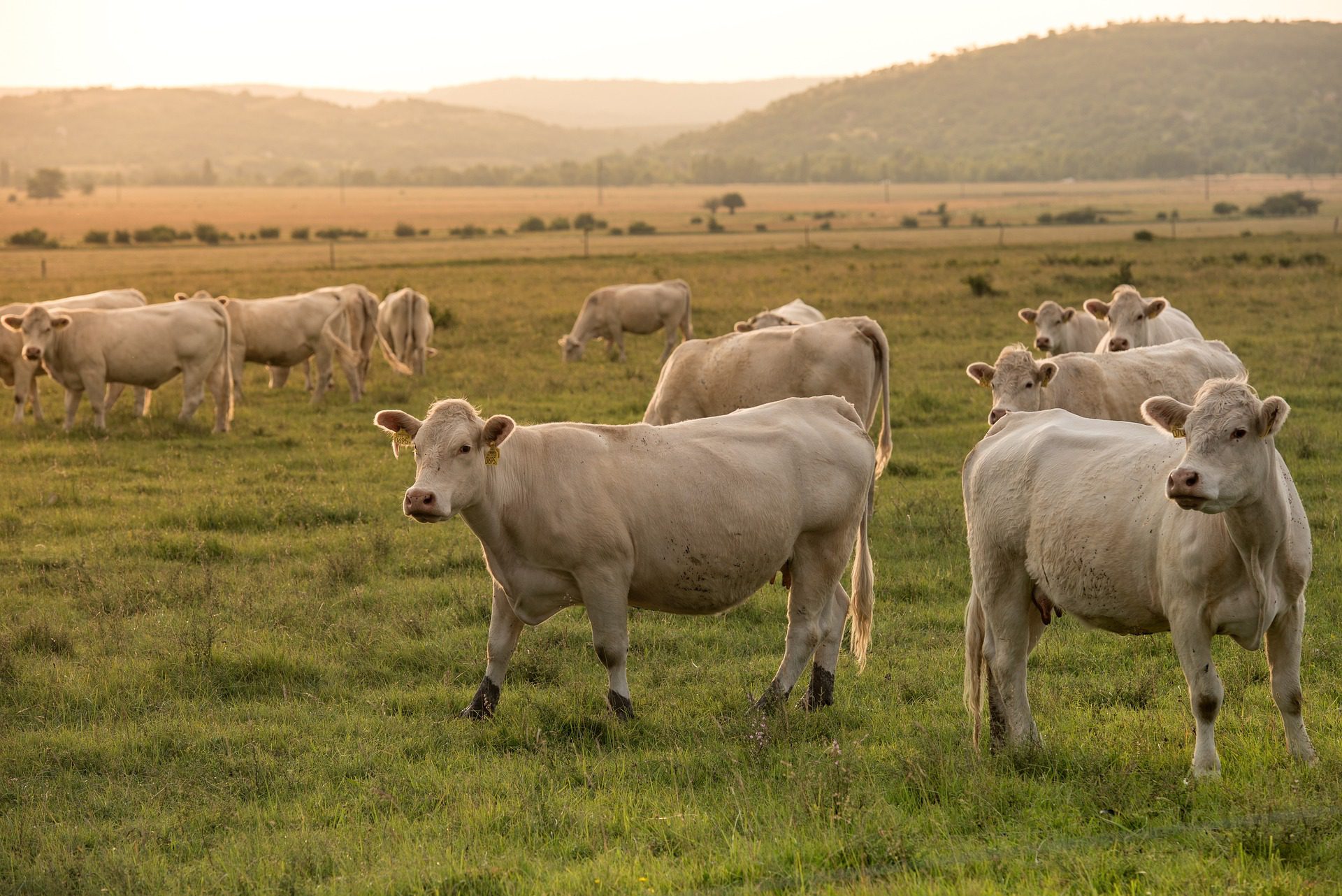Highly pathogenic avian influenza H5N1 in U.S. dairy cattle
A study published in Nature provides evidence of mammal-to-mammal transmission of the virus, between cows and from cows to cats and a raccoon, highlighting the ability of the virus to cross species barriers.
The researchers say that the spillover of HPAI H5N1 into dairy cattle and evidence for efficient and sustained mammal-to-mammal transmission are unprecedented. This efficient transmission is concerning “as it can lead to the adaptation of the virus, potentially enhancing its infectivity and transmissibility in other species, including humans.” However, whole genome sequencing of the virus did not reveal any mutations in the virus that would lead to enhanced transmissibility of H5N1 in humans.
The study also shows a high tropism of the virus for the mammary gland and high infectious viral loads shed in milk from affected animals. The virus is killed by pasteurization.
Article: Caserta, L. C. et al. (2024). Spillover of highly pathogenic avian influenza H5N1 virus to dairy cattle. Nature, 10.1038/s41586-024-07849-4. advance online publication. https://doi.org/10.1038/s41586-024-07849-4
For further information, see: Cornell Chronicle: Study confirms mammal-to-mammal avian flu spread
Help build the STAR IDAZ community.
Share reports and updates on social channels.

